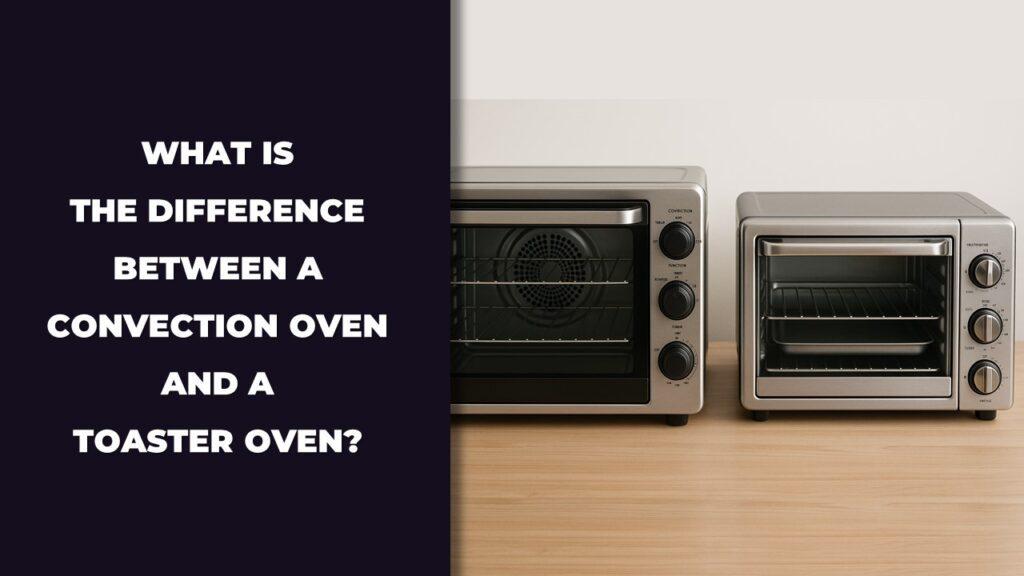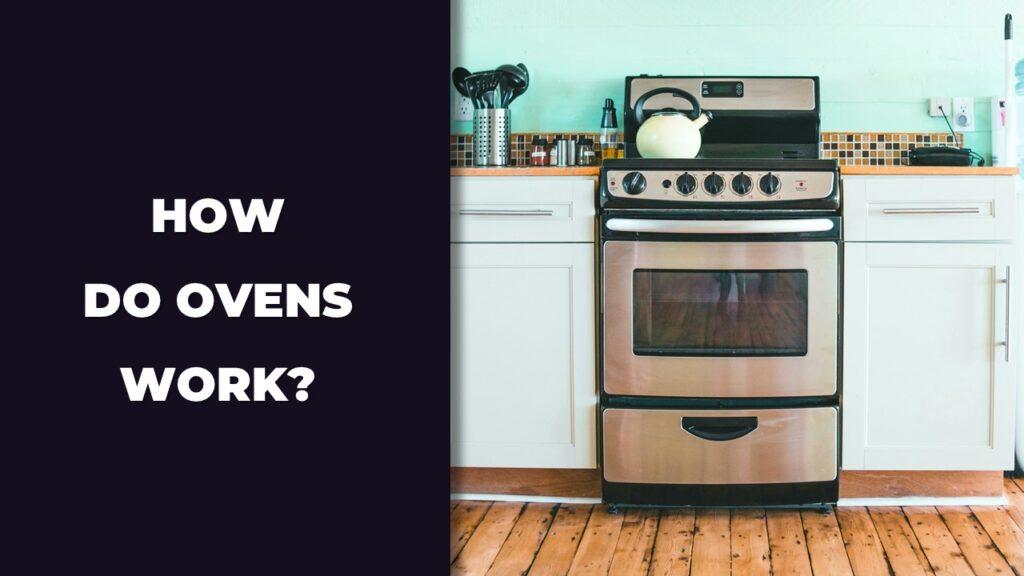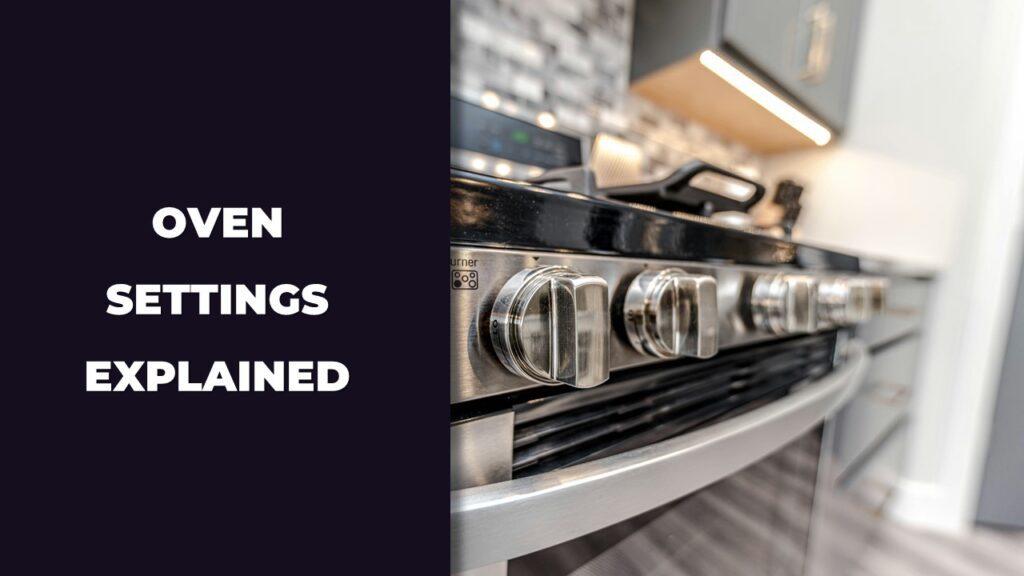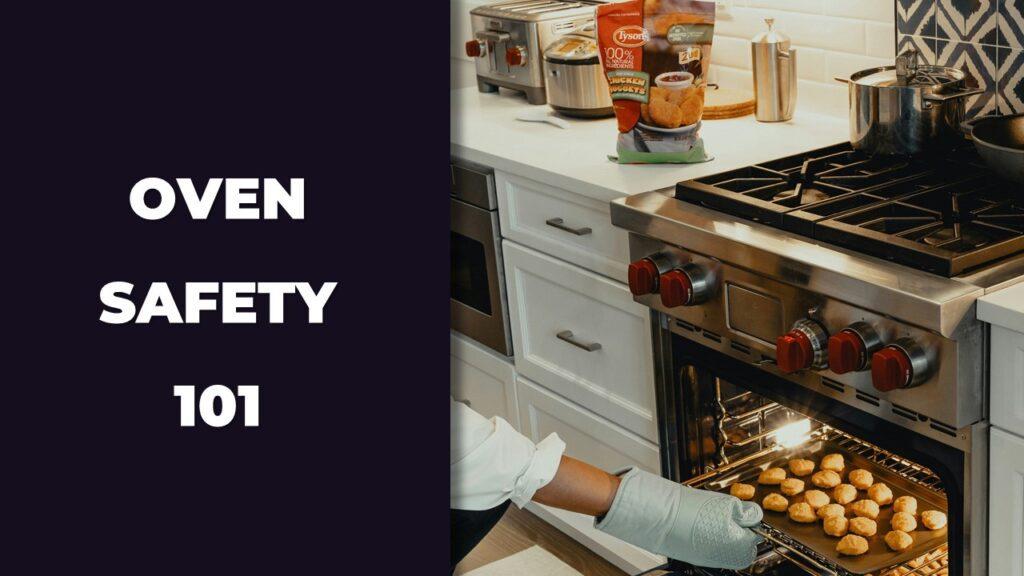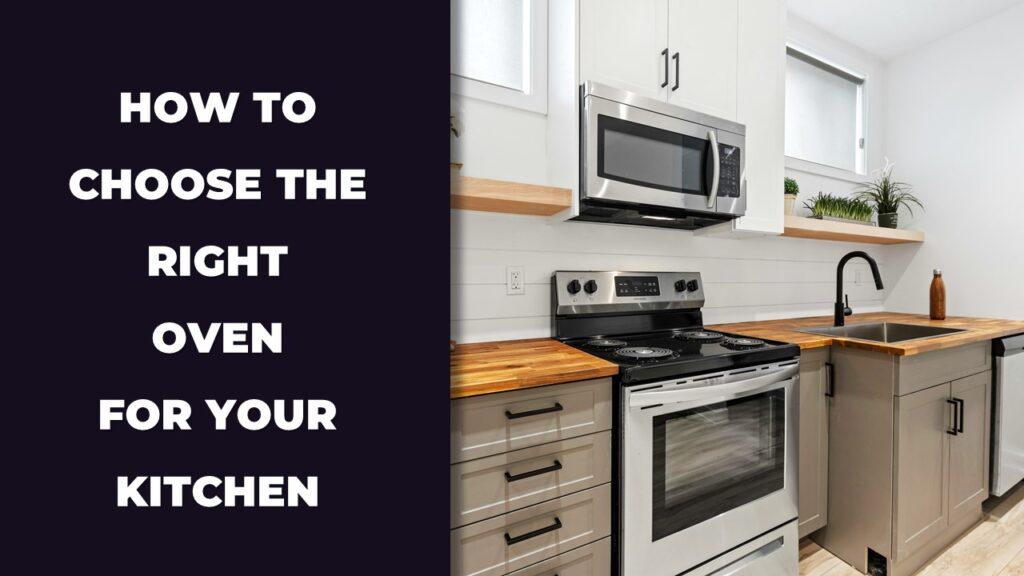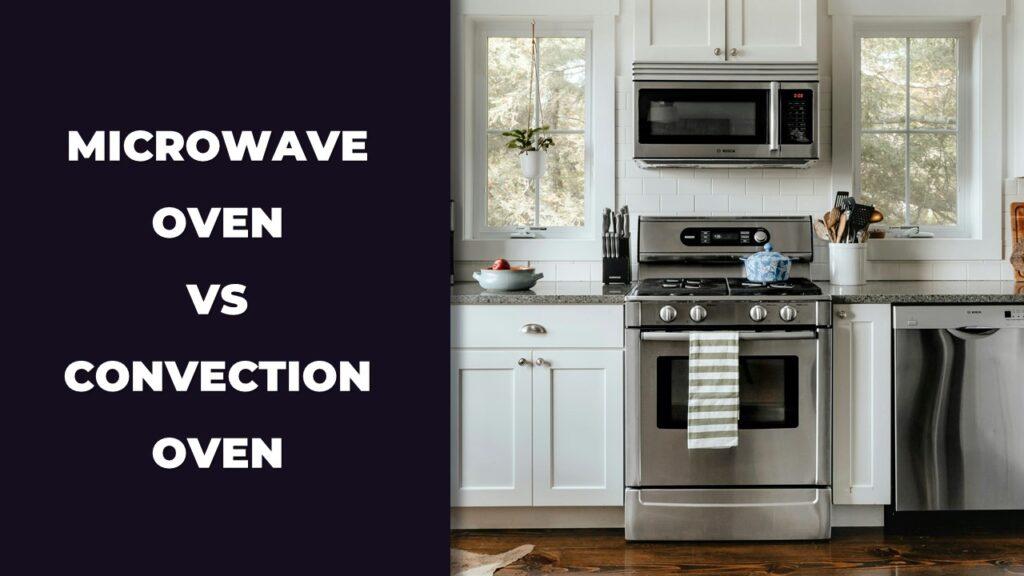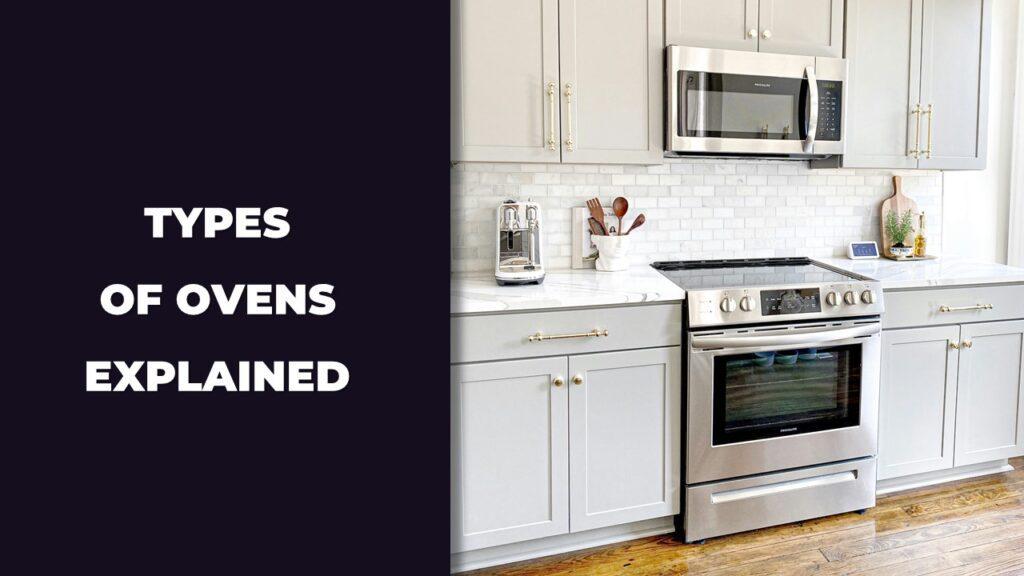
Ovens come in different types, each cooking food in its own way. Convection ovens use a fan for even heat. Conventional ovens heat from the top and bottom. Steam ovens cook with moisture. Gas ovens heat quickly and work well for roasting. Electric ovens offer steady, even heat. Microwaves cook fast using radiation. Smart ovens add features like phone and voice control.
In this article, we are going to explain how each oven works, what it’s best for, and who it suits. Whether you’re baking, roasting, or reheating, you’ll know which oven fits your kitchen and cooking style.
Oven Types By Cooking Method
Oven types by cooking method refer to how the oven heats and cooks food, whether with air, moisture, or radiation. The way an oven cooks changes how your food turns out, from crispy and browned to soft and moist.
Let’s look at the most common cooking styles ovens use.
Convection Ovens
Convection ovens use a fan to move hot air around the food. This helps cook everything more evenly and usually faster than a regular oven. It’s great for roasting meats or baking on multiple racks without worrying about uneven spots.
You’ll notice food browns better too, like cookies with crisp edges or a golden roast chicken.
Conventional (Traditional) Ovens
Conventional ovens heat from the top and bottom without a fan. That means the air stays still, which can cause uneven heat. But it’s still great for things like casseroles, baked goods, and slow-roasted meals.
If you’ve baked a cake that was cooked more on one side, chances are it was in a conventional oven.
Steam Ovens
Steam ovens use water vapor to cook. This keeps food moist and helps lock in nutrients. You won’t get crispy skin, but your veggies, fish, and reheated leftovers will stay juicy and tender.
They’re also helpful if you hate dry chicken or rubbery leftovers.
Microwave Ovens
Microwave ovens heat food using radiation that excites water molecules inside your dish. It’s fast and handy, especially for reheating or defrosting. But it doesn’t brown or crisp up food, so it’s not ideal for baking or roasting.
They’re great for a quick plate of leftovers or melting butter in seconds.
Air Fry Ovens
Air fry ovens blow hot air around food in a way that mimics deep frying, but with little to no oil. The results? Crispy fries, wings, or nuggets—without the greasy mess.
These are perfect if you want that fried crunch without pulling out a separate air fryer.
Combination (Combi) Ovens
Combi ovens combine two or more cooking methods. The most common ones mix convection and steam or microwave and convection. This lets you cook a roast one day and steam salmon the next using the same appliance.
They’re flexible and save space if you want multiple functions in one oven.
Oven Types By Energy Source
Oven types by energy source are based on how the oven gets its heat, either from gas or electricity. This affects cooking speed, heat control, and long-term costs.
Here’s how each option works and what it’s best at.
Gas Ovens
Gas ovens heat up using a flame powered by natural gas or propane. They tend to heat fast and stay humid, which keeps food from drying out. Some folks love gas for roasting meats and baking bread that stays soft inside.
Just know they need a gas line and might take some getting used to with temperature control.
Electric Ovens
Electric ovens use heated coils or elements powered by electricity. They heat more evenly and hold a steady temperature, which is perfect for baked goods.
They’re the go-to choice for most home kitchens because they’re easy to install and simple to use.
Oven Types By Configuration And Installation Style
Oven types by configuration and installation style refer to how the oven fits into your kitchen setup, freestanding, built-in, or slid between cabinets. Your choice often depends on space, budget, and design preference.
Let’s break down the main types.
Freestanding Ovens
Freestanding ovens include a built-in cooktop and can be placed anywhere with a power source. They’re affordable, flexible, and easy to swap out when needed.
Most homes use this type, especially if you want something simple that does it all.
Slide-In And Drop-In Ovens
These ovens slide or drop into place between cabinets for a seamless look. They don’t have a back panel, which makes your kitchen look cleaner and more custom.
They’re pricier than freestanding models but are often worth it for the design upgrade.
Wall Ovens (Single & Double)
Wall ovens are installed at eye level and can be single or double units. Since they don’t include a cooktop, you’ll need to pair them with a separate stove or range.
They save space and are easier on your back, no bending to pull out a hot tray of cookies.
Specialty And Legacy Ovens
Specialty and legacy ovens include unique designs, smaller models, and traditional types still used today. These ovens serve specific purposes or reflect cultural cooking methods.
Here’s what they are and when they make sense.
Toaster Ovens
Toaster ovens sit on the counter and work like mini-ovens. They’re perfect for small meals, reheating leftovers, or baking a quick batch of cookies.
You get oven-like results without heating the whole kitchen.
Pizza Ovens And Masonry Ovens
These ovens are built from stone or brick and hold heat for long periods. Pizza ovens, especially wood-fired ones, create that bubbly, charred crust you can’t get in a regular oven.
They’re popular in outdoor kitchens or for serious home cooks who love baking bread and pizza.
Earth, Tandoor, And Kiln Ovens
These are traditional ovens still used in many cultures. Earth ovens cook food underground using hot stones. Tandoors bake flatbreads and skewered meats over a fire. Kilns, while mostly for pottery now, once played a role in baking too.
They remind us that oven cooking isn’t new—it’s been happening for thousands of years.
Modern Smart Features In Ovens
Modern smart features in ovens make cooking easier by adding automation, remote control, and cleanup help. These ovens are built for people who want convenience and tech in their kitchen.
Let’s go through the most popular smart features.
Smart Ovens
Smart ovens connect to your phone or home assistant. You can preheat on your way home, set timers with your voice, or adjust oven settings from the couch.
They’re great if you like hands-off cooking or often forget you even turned the oven on.
Self-Cleaning Ovens
Self-cleaning ovens heat up super high to burn off spills and grease. Some also have steam cleaning modes that loosen food for easier wipe-downs.
It’s not perfect, but it saves a lot of scrubbing after big meals.
How To Choose The Right Oven For Your Needs
Choosing the right oven for your needs means matching the oven’s features with how you cook, how often you use it, and what space and power setup you have at home. Some ovens cook faster, others give better texture, and a few offer smart tech that can make everyday cooking easier. Picking the right type means fewer headaches and better results in the kitchen.
Let’s walk through the key things that matter when comparing oven types and help you figure out which one fits your lifestyle.
Key Factors To Consider
When picking the right oven, focus on how you cook, your kitchen layout, and what features matter day to day. Not every oven suits every lifestyle, so here’s what to think about.
- Cooking Style and Frequency: If you bake a lot, cookies, bread, or cakes—a convection or electric oven gives more consistent heat. For large meals or roasts, gas ovens or double ovens help with speed and space. Just heating leftovers? A microwave or air fry oven might be all you need.
- Kitchen Space and Layout: Freestanding ovens work in most setups. Wall ovens save space and are easier to access. Slide-in and drop-in models look sleek but need cabinet fitting. For small kitchens, try a countertop convection or microwave oven with added functions.
- Fuel Type and Installation: Gas ovens need a gas line, which can add cost. Electric ovens are easier to install and keep heat steady. Check what your kitchen already supports before buying.
- Features You’ll Actually Use: Skip the extras you won’t touch. If you won’t use app control or voice features, save your money. But if you hate scrubbing, a self-cleaning oven might be worth it. Air fry settings are great—if you actually use them.
- Maintenance and Long-Term Costs: Gas ovens are cheaper to run but may need more upkeep. Electric ovens are steady but may cost more in electricity. Smart ovens can be helpful but come with updates and tech issues over time. Think beyond the price tag.
- Budget Range: Ovens can range from $100 to over $3,000. Choose what fits your cooking style, not just your wallet. Paying for features you’ll actually use is better than chasing the newest trend.
Comparison Table
Here’s a quick comparison of all the ovens mentioned, based on features, best uses, and cost.
| Oven Type | Fuel | Key Feature | Best For | Price Range |
| Convection | Electric | Even heat via fan | Baking, roasting, multi-rack use | $$$ |
| Conventional | Gas/Electric | Basic radiant heat | Cakes, casseroles, basic baking | $$ |
| Steam | Electric | Moisture-based cooking | Veggies, fish, leftovers | $$$ |
| Microwave | Electric | Fast internal heating | Reheating, defrosting, small meals | $ |
| Air Fry | Electric | Crisp results, less oil | Fries, snacks, crispy textures | $$ |
| Combi | Electric | Multiple cooking modes | Versatile, space-saving cooking | $$$$ |
| Gas | Gas | Moist heat, fast heating | Roasts, meats, everyday cooking | $$ |
| Electric | Electric | Steady, even temperature | Baking, casseroles, daily use | $$ |
| Smart | Electric | App and voice control | Remote cooking, automation | $$$$ |
| Toaster | Electric | Small, energy-efficient | Toast, quick meals, small kitchens | $ |
Final Thoughts
Choosing the right oven depends on what matters most to you in the kitchen. If you want faster, even cooking and often bake or roast, a convection oven might be your best option. If moisture and texture are your priority, a steam oven offers gentle, nutrient-rich results. For those who prefer the hands-off approach, a smart oven adds convenience with app or voice control. And if all you need is something quick for heating leftovers, a microwave or toaster oven will do the job.
A gas oven might suit you if you’re already set up for it and prefer traditional roasting and cooking. Meanwhile, electric ovens offer steady, easy-to-control heat that’s great for baked goods. If you want one appliance that can do several things, consider a combi oven that blends multiple cooking methods into one.
Each oven type has its strengths, and there’s no one-size-fits-all choice. Think about your kitchen layout, how often you cook, and the kind of food you love to make. That will lead you to the oven that truly fits your needs, not just on paper, but in real, everyday use.
FAQs About Oven Types
What Is The Difference Between A Conventional And Convection Oven?
A conventional oven heats with fixed elements and no fan. A convection oven uses a fan to circulate hot air for even cooking.
Are Gas Ovens Better Than Electric?
Gas ovens heat quickly and keep moisture in, which helps with roasting. Electric ovens provide more even, steady heat for baking.
What Is A Combi Oven Used For?
A combi oven combines steam and convection cooking. It’s ideal for moist meats, crusty breads, or cooking multiple dishes at once.
Is A Steam Oven Worth It?
Yes, if you value healthy cooking. Steam ovens keep food moist, preserve nutrients, and reheat leftovers without drying them out.
Can I Bake In An Air Fry Oven?
Yes, you can bake in an air fry oven. It works like a convection oven, offering even heat and a crisp finish for baked goods.

At our core, we’re a group of passionate households and gardening tools and appliances users and enthusiasts. We dive deep into the world of tech, especially when it’s about your household or gardening electric items. We try to provide as much value to the readers with our information and how to blog articles as possible. For affiliate articles our honest and transparent reviews of essential tech products are rooted in real-world experience. We take great satisfaction in offering unbiased evaluations, ensuring that you can make informed decisions when investing in your desired techs.

